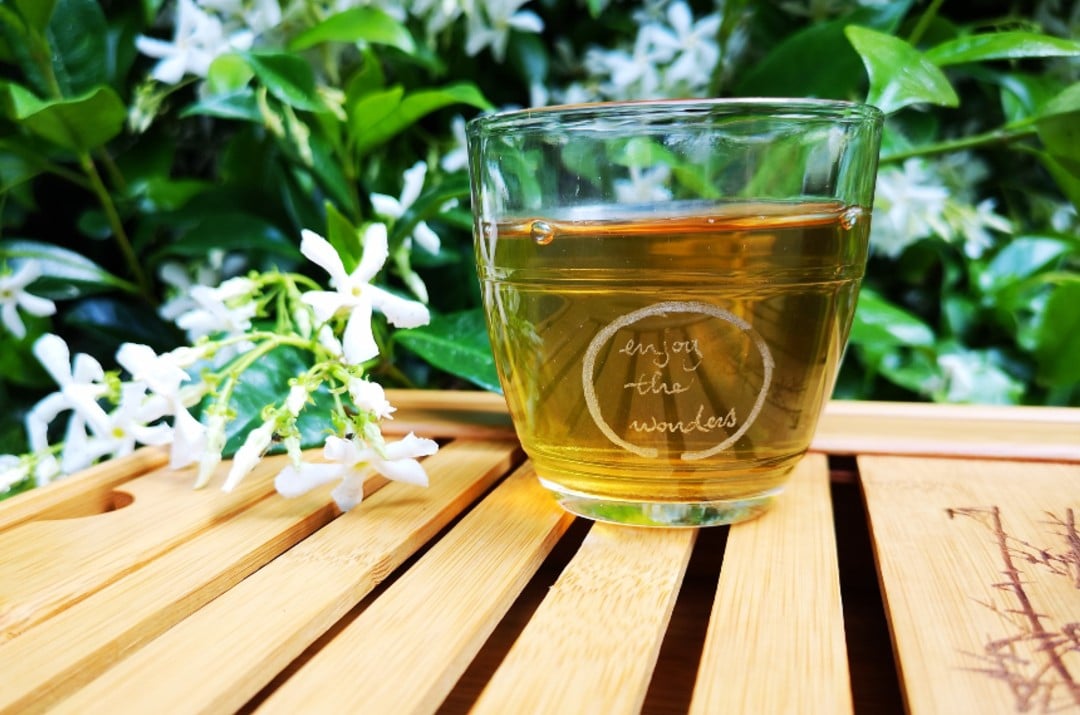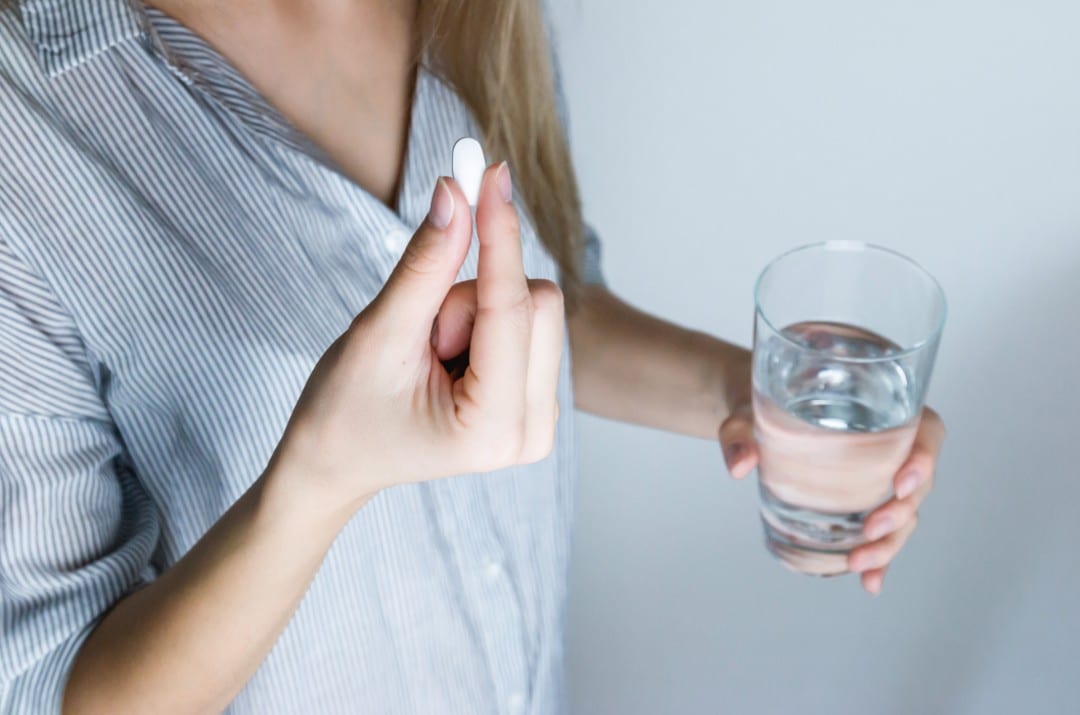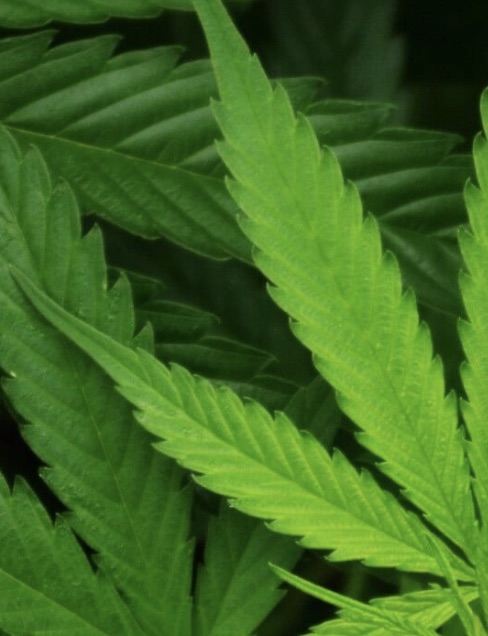Knee pain is prevalent throughout America, with approximately one-quarter of adults suffering from the discomfort, limited function, reduced mobility, and poorer quality of life it can cause. Arthritis knee pain is the most common cause in those over 50.
What causes arthritis knee pain?
Our knees are an incredible feat of engineering. The bones, cartilage, intra-articular fluid, ligaments, meniscus, muscles and tendons function beautifully to allow controlled movement and strength, flexibility and support. However, with injury, disease, or altered mechanics, damage and degradation can occur.
Injuries, damage and age can trigger the development of osteoarthritis. The autoimmune condition, rheumatoid arthritis, is another cause of continual joint breakdown.
Arthritis knee pain: What does it feel like?
Arthritic knees can be symptom-free. However, they can also cause pain and stiffness, swelling and a sensation of weakness, heightened pain on excessive activity, and pain that intensifies over time. Often the stiffness is worse first thing in the morning or after sitting for extended periods. Inactivity is not good for arthritic knees. Being overweight can also exacerbate discomfort. Arthritis in knees pain relief is closer than you think with the right knee pain relief products.
Get moving again. Relieve your arthritic pain naturally >>

Two types of arthritis that affect the knees
While many people do not realize it, there are dozens of types of arthritis. As mentioned, osteoarthritis and rheumatoid arthritis can both affect the knees.
Osteoarthritis (OA) in knees
While we are not yet 100% sure of all the permutations that contribute to OA, it appears certain that altered mechanical pressure play an important role. As the research article Osteoarthritis as a disease of mechanics notes, “Most or almost all osteoarthritis is caused in part by mechanically induced injury to joint tissues.”
This is not terribly surprising when we consider the physical strain they bear over decades.
If we assume an average of 7500 steps per day, by the time you reach 50 you’ve taken around 136, 875,000 paces. That’s a lot of bending, straightening and compression for a joint!
Then there are injuries to the cartilage that connects the tibia and the femur, to ligaments that should maintain appropriate biomechanical relationships, and to other joint tissues. As you can imagine, these problems do not miraculously disappear and tend to worsen with time. That’s why osteoarthritis is also called degenerative joint disease.
Rheumatoid arthritis (RA) in knees
Whereas OA tends to affect one knee only, or each knee differently, RA is a disease of symmetry. This means the same joints on both sides of the body are involved in the degenerative process.
RA is both autoimmune and inflammatory, so the body attacks its own tissues, the cartilage becomes inflamed, and the joints get damaged.
Rheumatoid arthritis has flares and remissions; worsened pain and then symptom-free periods. The related arthritis knee pain can occur bilaterally, may affect other joints, and can be linked to systemic issues like fatigue, fever, weakness and weight loss.
[Note: Our products are not intended for autoimmune diseases such as rheumatoid arthritis. This is for educational purposes only.]How to find arthritis relief from arthritic knee pain
There are a range of helpful options to calm the pain associated with arthritic knees. These options can have reduced inflammation for the knee joint and prevent joint pain and wear and tear. People with arthritis can take action at home to relieve pain without a physical therapist. Here are 4 suggestions that may help…
1. Natural Ingredients that help you live with arthritis knee pain

Wonderfully, there are a range of natural foods and supplements that can offer nutrients to your body and promote healthy bones and joints.
- Green tea is well loved for its taste and therapeutic effects. Green tea is high in antioxidants and other vitamins and minerals that support your immune system.
- Turmeric has been used in Eastern cuisine and medicine for centuries. This yellow spice contains an active ingredient called Curcumin, which has been shown to promote the healthy function of bones and joints.
- Resvertrol from chocolate, berries, and grapes also contain copious amounts of antioxidants that support the healthy function bones and joints.
2. Topical products for arthritis pain relief in knees

Those with arthritis knee pain should keep a proven topical pain relief product on hand at all times. With active ingredients like camphor and menthol, CBDMEDIC’s Arthritis Aches & Pain Relief Ointment has been optimized for effective absorption. It is ideal for deep, fast relief of arthritic symptoms. Patients report pain relief, reduced stiffness and swelling, increased comfort and enhanced flexibility.
3. Lifestyle changes that mitigate knee pain

Lifestyle strategies are important if you experience arthritis knee pain. Activity modification, strengthening the muscles around the knee, losing weight — where required, being physically active and often, reducing pain triggers like stress or odd movements, and bracing can make a positive difference.
4. Pharmaceutical agents for pain relief

There are a range of pharmaceutical agents used to treat arthritis, however they come with significant side-effects, thus they should be used as a last-resort—and sparingly.
Non-steroidal anti-inflammatory drugs (NSAIDS) are commonly prescribed and can be purchased over-the-counter. They help to quell inflammation and ease pain but, please, be careful. They come with a host of serious side effects including an increased risk of cardiovascular events, kidney and liver damage, and stomach ulcers and bleeding.
Common analgesics like acetaminophen, opioids, and corticosteroids are other types of pain killers. These, too, come with potential health consequences.
- Acetaminophen can cause headaches, itchiness, nausea, rash, and jaundice.
- Opioids like Tramadol are controlled narcotics that can trigger constipation, dizziness, nausea and vomiting, sleepiness, addiction , and death.
- Corticosteroids are potent anti-inflammatory medications. They also come with significant potential side effects including anxiety, bruising, fractures, insomnia, weakness, and weight gain.
Takeaway
While arthritis knee pain and arthritis in hands are both common and likely to continue to grow in prevalence as our population ages, there are proven natural remedies to protect joints and reduce symptoms. Natural medicines, lifestyle changes, and topical products confer much-needed relief, without the potentially deadly side effects of pharmaceutical options. For hand arthritis, we highly recommend trying out our revolutionary Arthritis Aches & Pain Relief Cream.

Want to learn more? Check out our page on arthritis pain relief!

